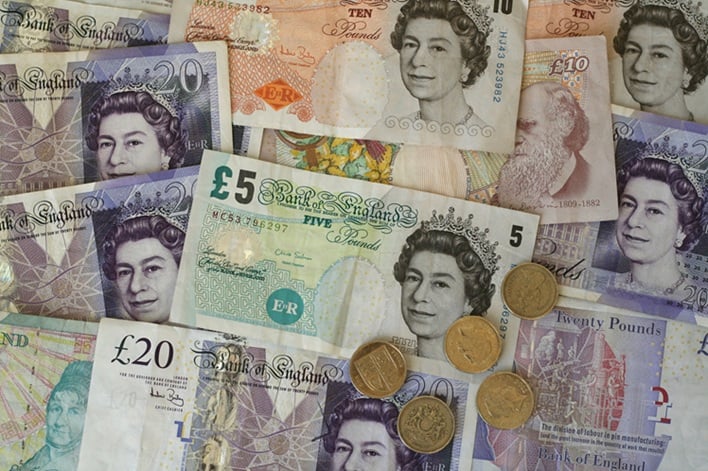The Bank of England has launched its first major banknote redesign in over 50 years, inviting the public to help shape the new currency that will soon be in everyone’s pockets.
On July 2, 2025, the Bank opened a month-long public consultation for its upcoming “H” series banknotes, potentially marking the end of the historical figures theme that has been a staple on British currency since 1970.
“Banknotes are more than just an important means of payment – they serve as a symbolic representation of our collective national identity and an opportunity to celebrate the UK,” said Victoria Cleland, the Bank of England’s Chief Cashier, whose signature appears on current notes.
The redesign comes just a year after King Charles III’s portrait began appearing on banknotes in June 2024, replacing Queen Elizabeth II who had been featured since 1960. While the monarch’s image will remain on all new notes, the reverse side designs could change dramatically.
The Bank has suggested six potential themes for the public to consider: notable historical figures (continuing the current tradition), architecture and landmarks, arts and culture, noteworthy historical events, innovation, and nature. The public can also propose entirely different themes through an online form or by post until July 31.
Similar Posts:
Currently, the “G” series notes feature Sir Winston Churchill (£5), Jane Austen (£10), artist JMW Turner (£20), and computer scientist Alan Turing (£50). This tradition of depicting historical figures began in 1970 when William Shakespeare became the first person other than a monarch to appear on a Bank of England note.
The upcoming redesign has drawn both support and criticism. Some see it as an opportunity to better reflect the UK’s diverse culture and identity, while others have raised concerns about abandoning historical figures.
Former business secretary Sir Jacob Rees-Mogg criticized the potential change, calling it the “Bank of Wokeness” wanting to “ignore our history and heroes.” Former business minister Kevin Hollinrake described it as “wrongheaded wokery,” arguing the UK “should be proud of our history, not sideline it.”
The Bank has emphasized that any new designs need to be “representative of the UK” while also “not divisive” or likely to “upset people.” They’ve also confirmed that no living person except the monarch will appear on the notes, maintaining long-standing policy.
This redesign represents just the latest chapter in the Bank of England’s long currency history. The institution has been issuing banknotes since the late 1600s, with the first notes being handwritten “promises to pay” that could be exchanged for gold. Fixed denomination notes became common in the 18th century, though they were still partially handwritten until fully printed notes appeared in 1855.
Color didn’t appear on banknotes until 1928, when notes were also first printed on both sides. The introduction of Queen Elizabeth II’s portrait in 1960 marked the beginning of the monarch appearing on Bank of England notes, and the first notes featuring historical figures (Series D) came a decade later.
Creating new banknotes is a multi-year process involving extensive design, testing, and printing to ensure they are high-quality, durable, and difficult to counterfeit. Modern banknotes contain sophisticated security features including see-through windows, metallic images, and raised print.
Despite the declining use of cash in recent years – falling from 51% of transactions in 2013 to just 12% in 2023 – the Bank of England maintains its commitment to providing physical currency. Currently, over 4.7 billion Bank of England notes are in circulation, collectively worth around £86 billion.
The final decision on the new designs will rest with the Bank’s governor, ensuring that inappropriate suggestions (like the infamous “Boaty McBoatface” incident) won’t make it onto the currency.
Whatever design is chosen, the new banknotes will continue to be printed on polymer – a cleaner, longer-lasting material that has replaced paper notes across all denominations since 2021. This innovative material helps reduce waste by lasting longer than traditional paper notes, supporting the Bank’s environmental efforts.
The shift to polymer banknotes also represents a significant step forward in sustainability, with the material being more resistant to dirt and moisture, meaning fewer replacements are needed over time. This approach aligns with broader plastic management initiatives aimed at creating more durable and environmentally friendly products. The public can submit their views via the Bank of England’s website or by post until the end of July, with the Bank expected to announce the chosen theme later this year. This approach allows for greater public engagement with the national currency design process.



















